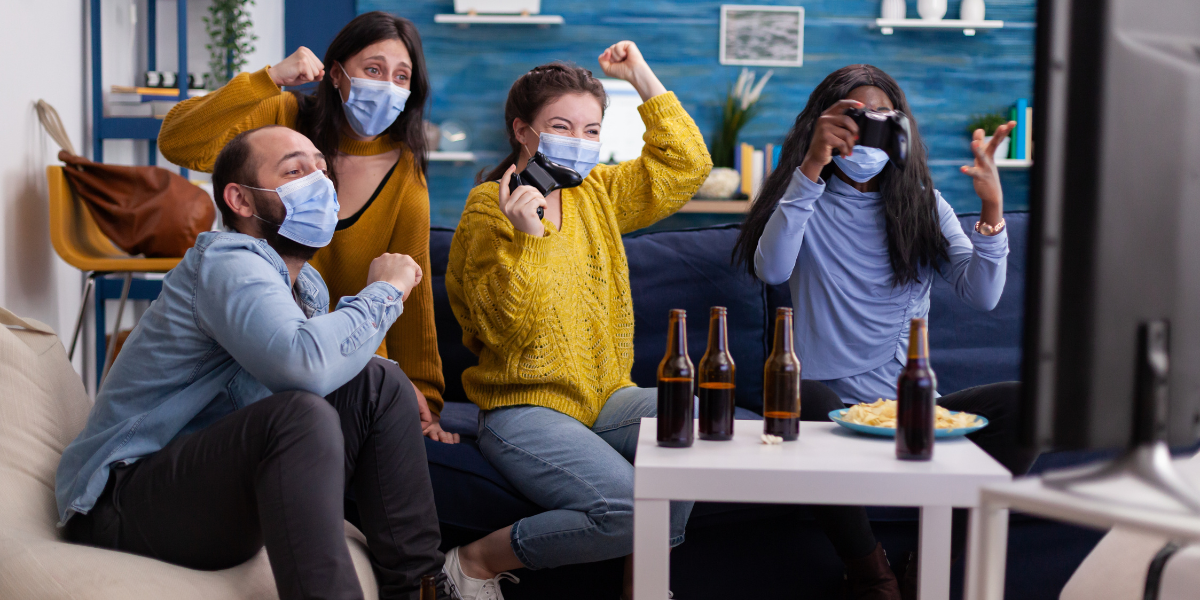In public spaces such as schools and offices, where interactions and meetings between hundreds, even thousands of people take place every day, controlling bacteria is not only a challenge but also a need. urgent to ensure the health and safety of the community. Although cleaning and disinfection measures have been regularly and carefully implemented, there are still many specific challenges that need to be addressed effectively.
High Frequency of Contact
In settings such as schools and workplaces, the level of contact between people and common surfaces is very high. This creates an ideal environment for bacteria and viruses to grow and spread.
Solution: One of the effective ways to reduce the spread is to increase hygiene measures, such as regularly cleaning shared surfaces and equipment, and encouraging people to wash their hands. regularly with soap or use alcohol-based hand sanitizer.
Diverse and Crowded
The diversity and large number of people gathering in public facilities increases the risk of spread of infectious diseases. Each person can carry and transmit diseases without knowing it.
Solution: Putting in place controls such as installing effective air filters, as well as arranging work and study spaces to minimize close contact, can help reduce this risk. .
The Complexities of Cleaning and Disinfection
Cleaning and disinfecting large public spaces is a challenging job, requiring special attention to the effectiveness and coverage of cleaning measures.
Solution: Using advanced cleaning technologies, including automated cleaning robots and automated disinfectant spraying systems, can help optimize this process, while minimizing labor burden and increasing productivity. cleaning performance.
Personal Cognition and Behavior
Lack of awareness and inappropriate personal behavior remain one of the biggest barriers in preventing the spread of bacteria.
Solution: Organizing strong educational campaigns, combined with spreading messages through media and social networks, can help raise awareness and change behavior, thereby creating a safer environment.
In this context, the selection of appropriate materials and equipment in facilities can play an important role. For example, using materials that are easy to clean and disinfect, such as antibacterial vinyl flooring, can contribute to effective microbial control, while creating a clean and safe space for users.
Meeting and solving the challenges of controlling bacteria in public spaces requires a comprehensive and multi-pronged approach, combining technology, appropriate materials, and a change in mindset. and personal behavior. In this way, it is possible to create a healthy and safe environment for everyone, minimizing risks and protecting public health.


